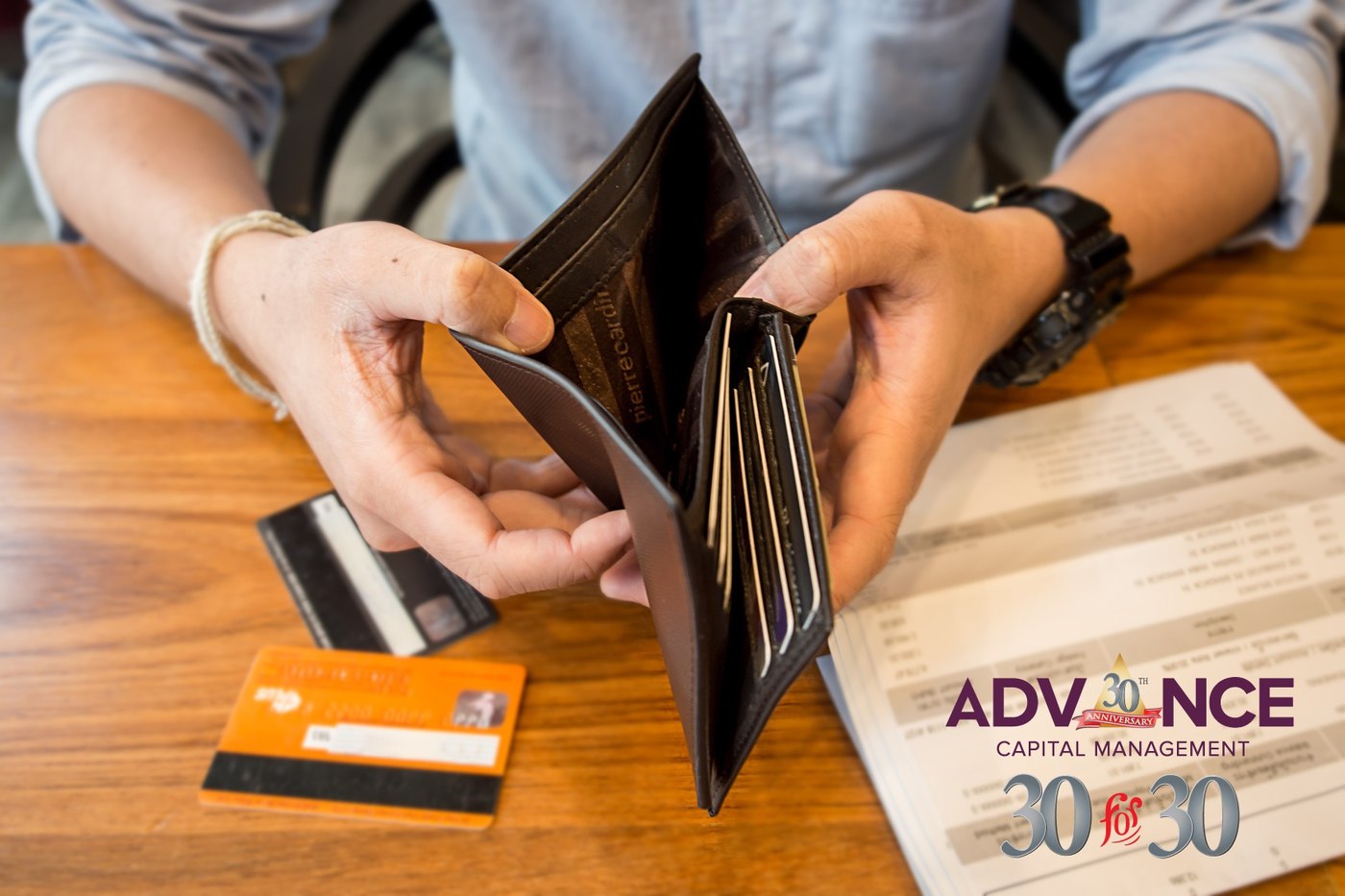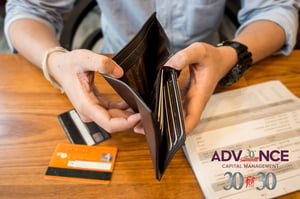Getting Rid of Debt and Keeping It Off
February 10th, 2017 | 3 min. read

 Nine out of 10 financial advisers agree that bad debt – credit cards, auto loans, etc. – is one of the biggest hazards to your financial health. (The other adviser is in jail for running a Ponzi scheme.)
Nine out of 10 financial advisers agree that bad debt – credit cards, auto loans, etc. – is one of the biggest hazards to your financial health. (The other adviser is in jail for running a Ponzi scheme.)
Consider that the average credit card debt for households that carry a balance is $16,048, according to ValuePenguin, a financial research firm. That translates to $2,600 in interest, assuming the average variable credit card interest rate of 16.1%.
That means it would take the average indebted household 14 years to pay off its current credit card balance at a total cost of $40,200, based on the average interest rate and a minimum payment of 1.5%.
Essentially, debt is the financial equivalent of cholesterol. It can push your financial goals, like your toes, farther out of reach. Even in small portions, debt can build up over time and adversely impact your financial life.
A common rule of thumb is that total personal debt should not exceed 36% of your total income. Breaking this threshold may put you at risk of higher interest rates or being denied altogether.
Therefore, eliminating debt and keeping it off your budget spreadsheet is one of the best financial moves you can make. But, similar to losing weight, there is no secret pill. It takes time, which will vary depending on your balance and income. Here’s what you can do.
Find additional income in your budget to reduce debt
The challenge when burdened with debt is finding the additional income to pay it off. Outside of working another job, you may be able to find the debt-busting funds you need in your budget. The idea is to reduce your spending on the things you want but don’t need and then apply the savings to your debt payments.
First, recalculate your expenses by comparing your income to your “needs,” such as a mortgage, car payment, etc., and determining how much is left over for your “wants,” or things like travel, dining out, etc. Next, rank the “wants” in order of importance to you. Look at the items with the least value, can you eliminate or reduce any of these expenses?
Finally, take the amount you cut from your “wants” and apply it toward your debt.
Choose your debt reduction method
There are two primary methods for paying off debt. There is the snowball method, where you start with the lowest balance and pay minimums on all other debts. Then, work your way toward the highest balance, applying savings from each previously paid debt as you go. The benefit of this method is that it can increase your dedication to reducing debt because you start to see results faster.
Similar to the snowball method is the avalanche method. The difference is that you tackle your highest interest rate debt first, then work your way down to the lowest interest rate debt. Following this method will save you more money over time, but it may take longer to pay off the first debt which can discourage some people.
You can also use a hybrid approach. Start with the smallest balance and pay minimums on all other debts. Once you’ve experienced the satisfaction of eliminating one balance, concentrate on your highest interest rate debts.
Debt Elimination Example
To show you just how debt can weigh down your financial future, let’s look at an example. Suppose these were your current debt balances and monthly payments:
Credit Card(s): $6,000 - $350/month
Student Loan(s): $17,000 - $300/month
Car Loan: $14,000 - $280/month
TOTAL DEBT: $37,000 - $930/month
If you only pay the minimum amount due each month ($930), it will take 5.5 years to pay off with payments totaling $41,959.
Now, let’s say you lowered spending on your “wants” by $300 and applied it to your monthly debt payments ($1,230) as you tackle your highest interest rate debt first. In this case, it would take just under four years to pay off your entire debt balance, at a total cost of $39,928.
Conversely, what if you had no debt and instead invested that $1,230 every month? In just 5.5 years, it could grow to $35,056, assuming a 5% rate of return.
Avoid Debt Consolidation
Finally, a brief word on debt consolidation since it is heavily advertised. Debt consolidation can do more harm than good. While it means a lower monthly payment, the catch is your term is extended, which means you carry debt for longer and pay your lender more. The only appropriate time to consolidate debt is for student loans.
A good way of looking at debt is as if you are placing a burden on your future self. Eventually, that burden will weigh you down and limit your ability to do all the things you want to in life. Fortunately, you can get rid of it over time. Start now. Your future self will thank you for it.
Advance Capital Management is a fee-only RIA serving clients across the country. The Advance Capital Team includes financial advisers, investment managers, client service professionals and more -- all dedicated to helping people pursue their financial goals.


